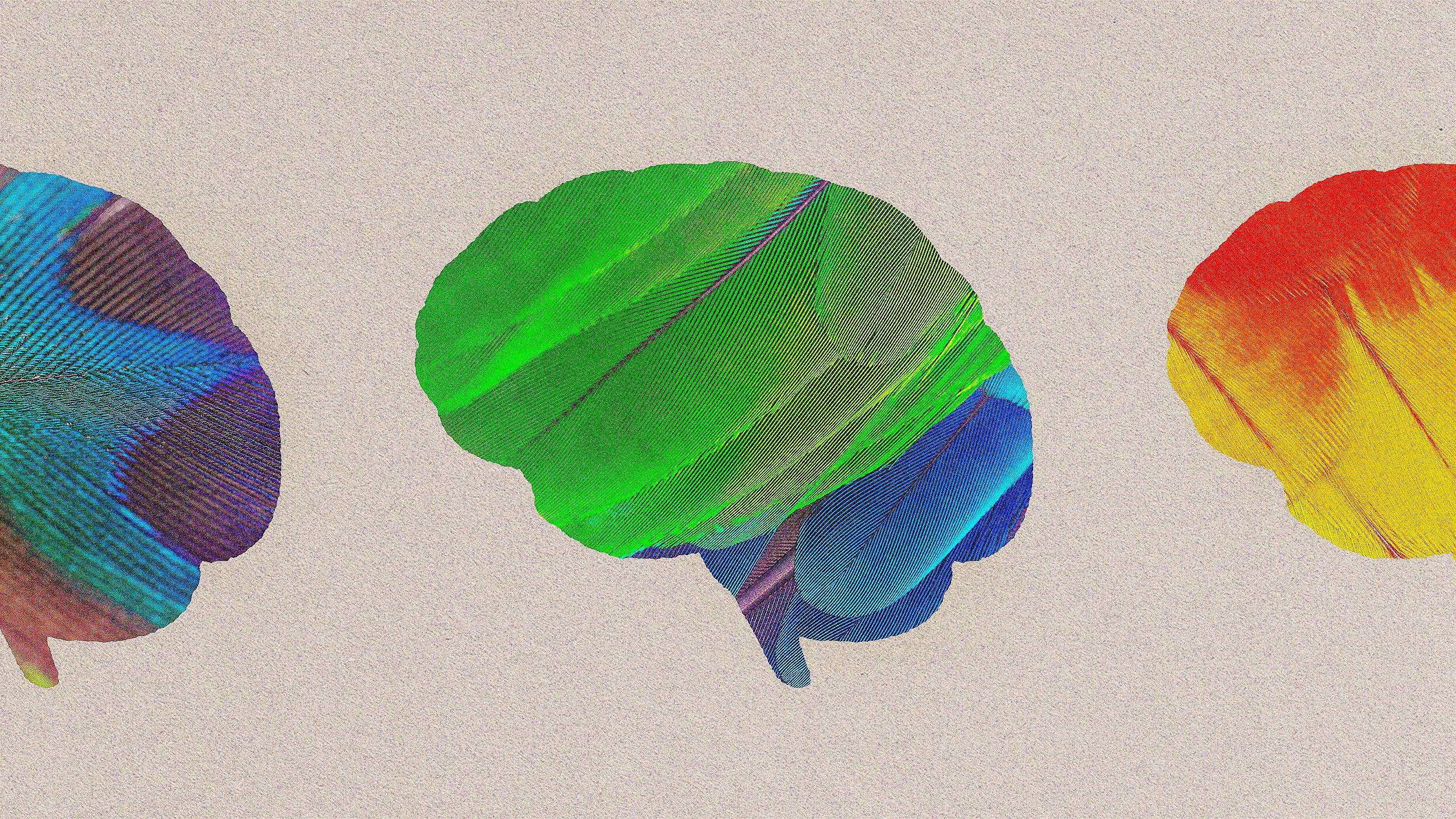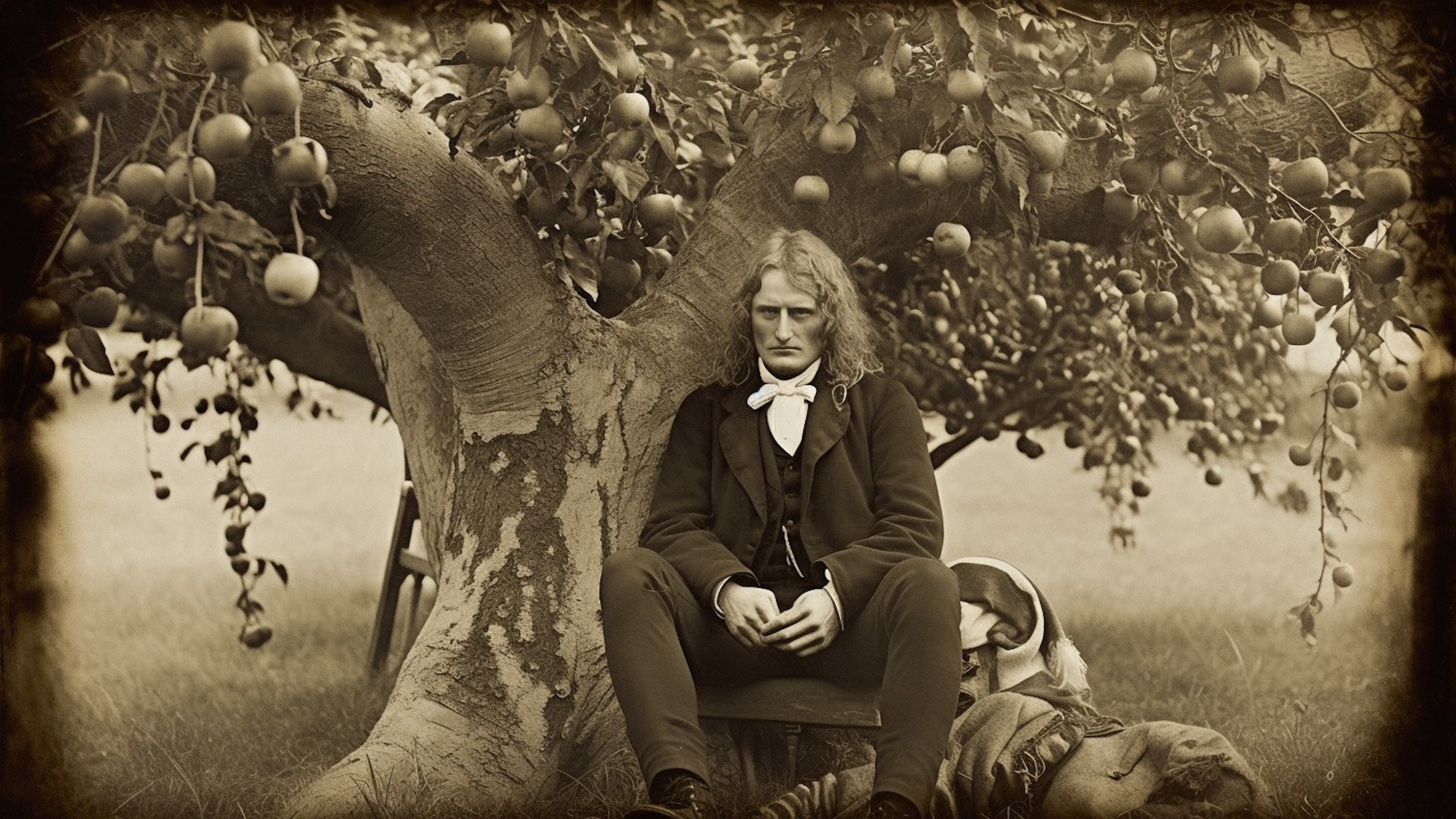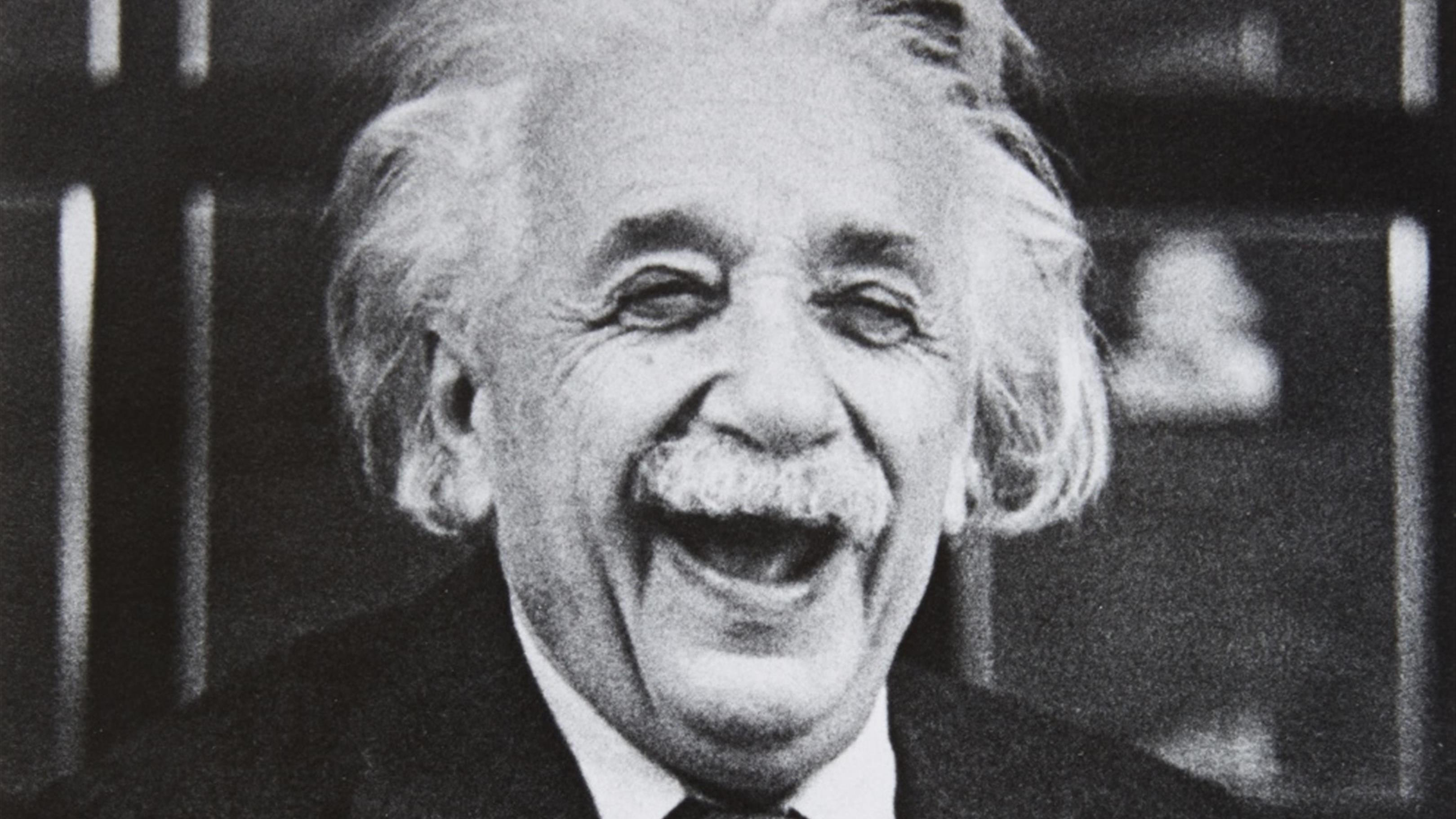So, how do you make a product successful? You make it out of something old. The Atlantic editor Derek Thompson gives a more studious explanation of this answer as he poses the question: why did Google Glass fail and why is the iPhone the most profitable product in human history? Poor design comes to mind, but the answer, Thompson suggests, is much deeper than that. Both were wild new inventions, but Google Glass ultimately failed because it looked like a prototype and not at all like any product that consumers had ever seen before. It seemed alien, and that was a bad thing. Butt the iPhone, on the other hand, is merely a design update of the iPod. Consumers already understood how to work it before they even picked it up, and therefore buyers already knew what they were in for. It’s this familiarity itself that is the selling point, as this logic applies to the world of storytelling, too. Derek explains the “hero journey” similarities between Star Wars, The Odyssey, and… The Bible. Derek Thompson’s latest book is Hit Makers: The Science of Popularity in an Age of Distraction.
Derek Thompson: My book Hit Makers is essentially about the science of why we like what we like. And one of the most interesting answers to that question is MAYA, most advanced yet acceptable. And this was of the theory of everything by Raymond Loewy the father of industrial design in America. And a lot of people today don’t know who Raymond Lowey is, but this is a guy who was essentially kind of like Steve Jobs meets Don Draper from the 1950s. He invented or designed the first…
He designed the most famous car design in the 20th century the 1950 Studebaker, the modern train, the modern greyhound bus, the modern tractor, even that pencil sharpener that looks like an egg that was his design. And in thinking about this question how could one person understand what consumers want from things as different as cars and pencil sharpeners his answer was this, MAYA, most advanced yet acceptable. People are torn between neophilia on the one hand, they like new things, and neophobia on the other hand, they’re afraid of anything that’s too new. And he was this genius essentially of combining familiarity and surprise.
I think the most useful way to think about the MAYA principle is to think of it as to sell something familiar make it surprising, but to sell something surprising make it familiar.
Let’s take an example like Star Wars. George Lucas was working on Star Wars for a long, long time. The script was absolutely terrible. He was sharing it with his best friends like Francis Ford Coppola and they were all telling him that the script was absolute garbage. And he had essentially built this incredibly surprising novel new world filled with Jedis and forces and magic and creatures that no one had seen before. And then he was reading this book by Joseph Campbell on the mono myth, on this idea that every great story in human history has essentially been the same story of an ordinary person who goes on an extraordinary journey, defeats a nemesis intimately involved in his own origin story and then comes back to the real world as the hero. And so he said this is it this is the story that explains that is Jesus, that is Buddha, that is the Odyssey and the Iliad, I’ll take this incredibly familiar structure and I’ll put it into this incredibly surprising world building exercise and that is Star Wars, it essentially sales an incredibly surprising world in an incredibly familiar narrative setting. And I think that’s one reason why we like it. It’s not so much that it’s novel, it’s that it’s a novel setting that is essentially telling the oldest story known to man.
So it matters where you are starting. If you’re starting with an incredibly familiar product or a really familiar intellectual property—like say, movies—and creating a movie sequel, the challenge for those writers is how do we create a surprising new story that will get people back to a familiar character?
But lots of people are dealing with the opposite problem, they have a new idea and they’re trying to make it familiar to an audience. And the best examples from here all come from technology. I think about the first Apple Macintosh where Steve Jobs famously said, “I need the screen to say hello. I need it to look like a face.” He’s creating an entirely new product category that people aren’t really used to and so he understands how critically important it is to take something that is novel and to sell it through familiarity. This is a friend. You see the exact same thing I think with AI assistant. Things like Alexa have a lilting female voice, what you could argue is sort of working with a gendered expectation of an assistant but it’s still working on the same principle. To sell a really new technology like a little nub that has AI intelligence inside of it... make it talk just like you would expect an assistant to talk to you.
I think about this issue also with the iPhone most famously. Steve Jobs was not creating a product category, but he did create the most profitable product in modern human history.
And it’s important to remember that the iPhone did not look new, it looked like a touch iPod. It looked exactly like a product that Apple already had so when people picked it up they didn’t have to think I don’t know how to use this, how does it work? He essentially took an information ecosystem that they understood and said now it also does calls and internet. And so I think that it’s really important when selling a new product, when taking a new idea and trying to make it appealing, trying to make it popular to not think about making that surprising idea as surprising as possible because people love to be surprised, no, take the surprising idea and make people feel comfortable with it. Make it feel like home. Make it feel familiar.
And so I think it’s also interesting to juxtapose this idea with Google Glass, which is Google’s sort of famously flopping product where they looked like spectacles kind of but they had like a huge cube here. I think one of the big problems with Google Glass is that it looked like a prototype. It looked like a toy for nerds. And in fact I went to X recently and wrote a cover story about X, I talked to a lot of people who worked on Google Glass and they said the biggest problem with its rollout is that we had a prototype for nerds and we sold it as a product for consumers and that was a mistake. We told people that this is the new iPhone, that this is the new product category that’s going to redefine the way that we interact with computers and the Internet, but that’s not really what it was it was a nice tool for manufacturing and construction workers to put something on that looked like goggles and record their work and send it back to supervisors. But stop for two seconds and think, who wears goggles on a daily basis? No one.
People wear glasses but Google Glass didn’t look like glasses they looked like weirdo goggles. And so that I think that it’s really important when trying to introduce a new product category to think as clearly as possible how do I make this feel as familiar to its core audience as possible, particularly when it’s a bright new idea? And I think Google failed tremendously in that aspect because they didn’t understand properly enough the habits and the familiarities of the people that they were ultimately selling to.





